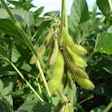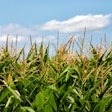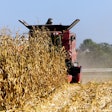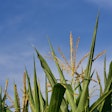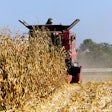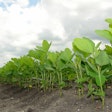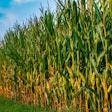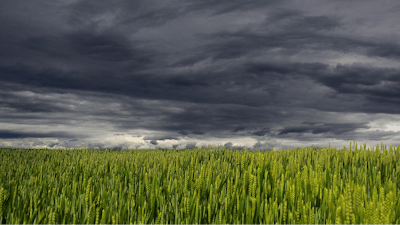
The most recent U.S. Drought Monitor report, jointly produced by the National Drought Mitigation Center at the University of Nebraska-Lincoln, the United States Department of Agriculture, and the National Oceanic and Atmospheric Administration, reveals a complex picture of drought conditions across the United States, with significant implications for the agricultural sector.
In the Northeast, a wetter pattern has brought substantial relief to farmers and growers. Extreme drought was eliminated in Massachusetts, while moderate and severe drought conditions improved across Maine, Vermont, New Hampshire, and other states in the region. This improvement in soil moisture is crucial for winter crops and sets a positive tone for the upcoming growing season.
However, the situation in the South and Southeast presents a mixed bag for agriculture. Parts of Arkansas, eastern Oklahoma, and northern Mississippi saw improvements due to above-normal precipitation. This is good news for livestock producers and winter wheat growers in these areas. Conversely, southwest Georgia experienced an expansion of moderate drought, potentially stressing crops and increasing irrigation needs.
The Midwest, America's breadbasket, also saw varied conditions. While parts of Missouri, southern Iowa, and Ohio experienced drought improvements, abnormally dry conditions persisted or expanded in areas of Illinois, Indiana, and Minnesota. These fluctuations could impact soil moisture levels crucial for corn and soybean production in the coming months.
In the High Plains, a traditionally important wheat-growing region, conditions were mostly dry. However, there was some good news as extreme drought was reassessed and removed from northeast Nebraska, offering a glimmer of hope for farmers in that area.
The West continues to face challenges. After an early start to the snow season, many areas have seen snowpack drop off considerably and are now below normal for this time of year. This could have implications for irrigation water availability in the coming growing season. Northern California did receive some precipitation, which could benefit agricultural operations in the region.
Looking ahead, the 6-10 day outlook suggests warmer-than-normal temperatures for much of the country, which could increase evaporation and plant water demand. Precipitation is expected to be below normal in the Southwest and northern New England, potentially exacerbating drought conditions in these areas.






